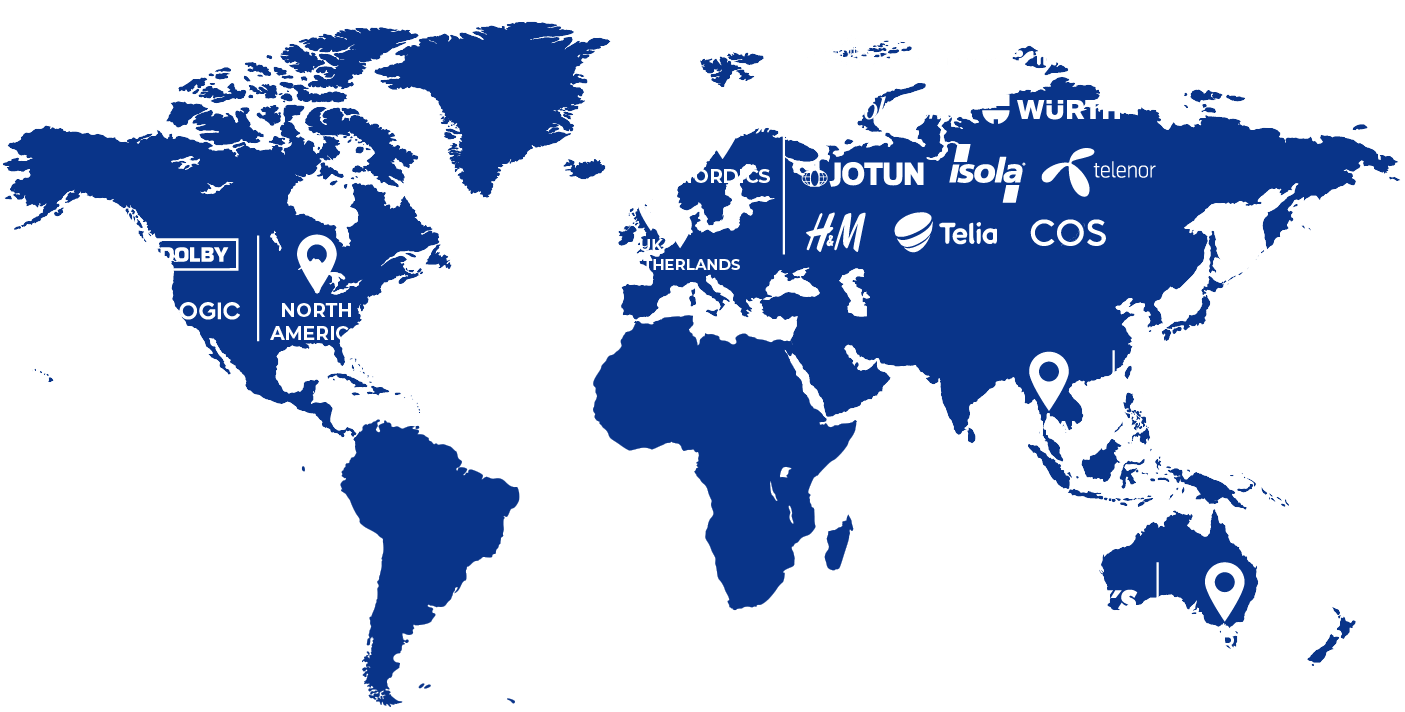PIM DAM Integration: One System, Not Two, With Bluestone PIM

Most e-commerce teams still manage product data in one system and digital assets in another. That creates extra manual work, inconsistent content and delays.
Bluestone PIM removes this problem by giving you PIM and DAM in one platform, built to work together. It is the only enterprise PIM where Digital Asset Management is fully integrated, not bolted on.
This gives your e-commerce team one place to store, connect, enrich, publish, and update every product and every asset. This guide explains why leading e-commerce brands are adopting a unified PIM DAM approach:
Why Integrated DAM Matters
Modern commerce depends on both product data and rich media.
When PIM and DAM live separately, e-commerce teams spend hours fixing broken links, reuploading assets and chasing version issues.
With Bluestone PIM, every asset is connected directly to the product it belongs to.
This ensures:
![]() Perfect consistency across all channels
Perfect consistency across all channels
![]() No outdated images floating around
No outdated images floating around
![]() One source of truth for all product content
One source of truth for all product content
![]() Faster launches with less manual work
Faster launches with less manual work
How to Connect PIM and DAM
Bluestone PIM gives you two paths depending on your tech stack:
1. Use Bluestone PIM’s Built-In DAM
Perfect for brands that want everything in one place.
For brands seeking simplicity, Bluestone PIM provides a fully integrated DAM out of the box. Product data and digital assets are managed in the same environment, with no need for separate platforms or manual syncs.
-
Assets are automatically linked to the correct products
-
Updates and enrichments are reflected instantly across all channels
-
Smart workflows and versioning ensure content stays accurate
2. Connect Your Existing DAM Solution
If your organisation already uses a third-party DAM (such as Cloudinary, QBank, or Tenovos), Bluestone PIM offers seamless integration via its API-first architecture and ready-made connectors.
-
Quickly map assets to products without reuploading or manual work
-
Maintain your existing asset libraries while benefiting from unified product data
-
Extend your tech stack with full composability and future-proof design

DOWNLOAD FREE E-BOOK
7 Smart AI Use Cases for 2025
Packed with real examples, practical tips, and the tools behind the strategies, this e-book is a must-read for retail and e-commerce leaders who want AI to really work for their business.
8 Essential DAM Features Inside Bluestone PIM
These PIM DAM capabilities come out of the box:
- Image Management for filtering, tagging, versioning, and omnichannel delivery.
- PDF Generator for instant product sheets and catalogues.
- Scalable Cloud Storage suited for large image and video libraries.
- CDN Delivery through CloudFront for fast global performance.
- Smart Workflows to assign assets to products and categories.
- Photographer Portal for direct uploads from agencies and freelancers.
- Full Format Support from JPEG and WebP to AVIF, 3D models, and video.
- Permissions and Protection for secure, controlled publishing.
Why Bluestone PIM Delivers a Smarter DAM Experience
Bluestone PIM’s DAM is designed for real world e-commerce operations.
![]() Product first architecture so assets always stay linked to the right products.
Product first architecture so assets always stay linked to the right products.
![]() AI driven insights that flag missing images and help improve completeness scoring.
AI driven insights that flag missing images and help improve completeness scoring.
![]() Optimised delivery so large media files load quickly on every device.
Optimised delivery so large media files load quickly on every device.
![]() Enterprise security and permissions to protect brand assets at scale.
Enterprise security and permissions to protect brand assets at scale.
![]() Structured workflows that bring product managers, marketers, and agencies into one place.
Structured workflows that bring product managers, marketers, and agencies into one place.
![]() Full composability so you can use the built in DAM or extend it with any external DAM.
Full composability so you can use the built in DAM or extend it with any external DAM.
![]() Future proof design that supports new formats, new channels, and new automation use cases.
Future proof design that supports new formats, new channels, and new automation use cases.
This is why Bluestone PIM is chosen by leading retail and manufacturing brands that want reliable content operations, faster updates, and full control over both data and media.

Eliminate Manual Work: Integrate Your PIM and DAM Today
Bluestone PIM delivers a single, unified platform where teams can connect, enrich, and publish every product and asset with unmatched consistency and speed.
Whether you want to use a built-in DAM for simplicity or connect your preferred external DAM, Bluestone PIM adapts to your ecosystem.
Book a personalised demo with Bluestone PIM today
Discover how leading brands achieve faster launches and perfect consistency with Bluestone PIM




